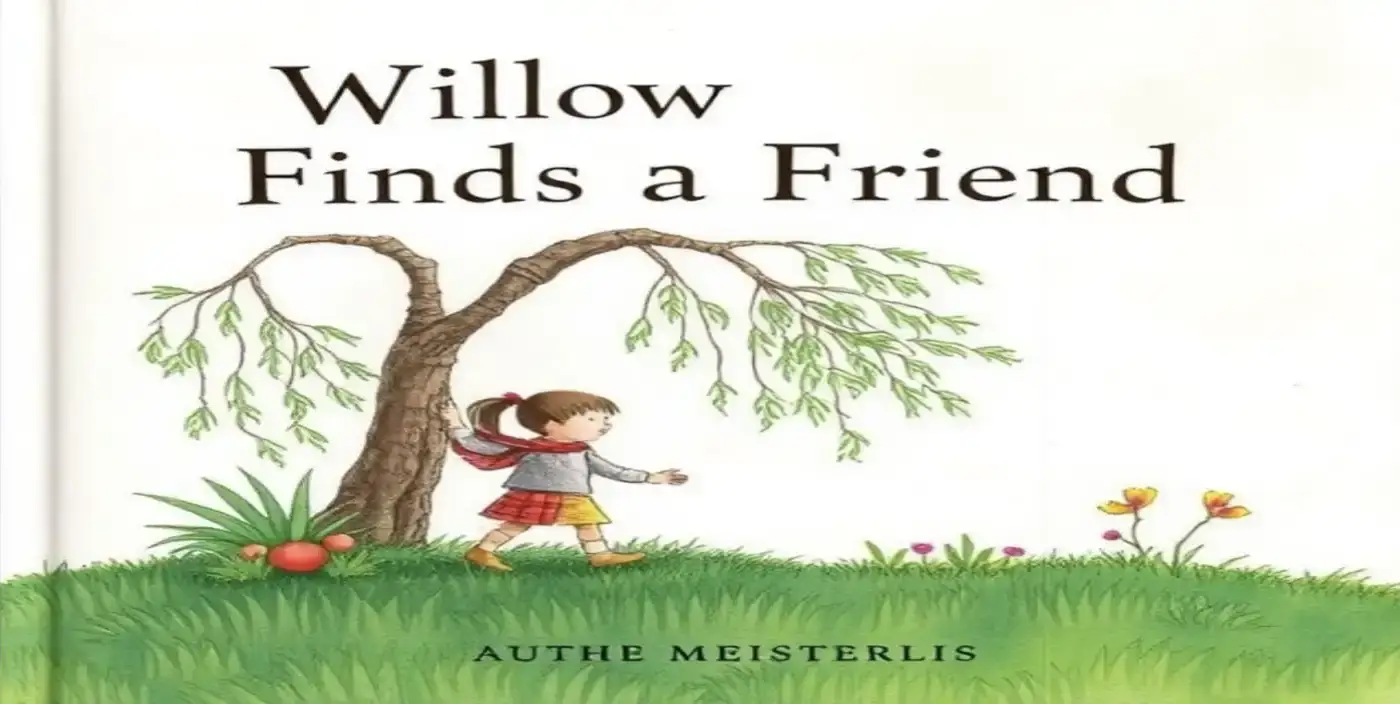5 Common Mistakes That Can Ruin Your Children’s Book

The idea of writing a children’s book is one that crosses many writers’ minds—some think of it as a charming break from “serious” writing, while others are drawn to the idea of sparking curiosity in young readers. But writing for children has its own unique demands, ones that often catch even seasoned writers off guard.
Many countless talented writers dive into children’s books with excitement, only to realize that writing for young minds is a craft with its own set of rules. Misconceptions are common, but they don’t have to be a roadblock. Let’s take a look at some of the misconceptions surrounding children’s book writing, so you can get a clear view of the path ahead.
Mistake #1: Assuming Writing for Kids Is “Easy”
You might believe that children’s books are short and straightforward, how hard can it be to write one?
Well writing for children, especially when you haven’t read many recent children’s books, can be more challenging than it seems. Shorter word counts don’t mean less work; they mean your words must work harder. You must write tightly, capturing big ideas, emotions, and entire worlds with far fewer words. Kids are incredibly perceptive, and they know when a story resonates or rings false. Just like books for adults, children’s stories demand well-rounded characters, engaging plots, a sense of wonder, and precise, age-appropriate language.
Mistake #2: Not Reading Enough Children’s Books
We’ve encountered many authors saying “ I loved children’s books when I was younger, so I know what kids like.”
While your memories of beloved childhood books might inspire your writing, they don’t necessarily prepare you for today’s children’s book market. Children’s literature is constantly evolving, and the styles, themes, and characters that resonated a decade ago aren’t always what young readers connect with today. If you’re serious about writing a children’s book, reading widely in the current genre is essential.
The process of writing for children starts with understanding what they respond to right now. By understanding contemporary children’s books, you’ll gain insight into the tone, pacing, and topics that today’s authors are using successfully. It’s not just about knowing what’s popular, though; it’s about seeing what publishers are seeking, how illustrations interact with text in picture books, and how middle-grade and young adult novels handle complex themes in ways that feel age-appropriate and relevant.
Reading widely also keeps your work fresh and helps avoid unintentional repetition of stories or clichés. The more familiar you are with today’s children’s books, the better you can write a story that’s engaging, original, and resonates with the children of this generation.

Mistake #3: Relying on Stereotypes
Don’t ever assume that kids or teens are all the same. They are sharp, and they can tell when a character feels one- dimensional. Writing realistic young characters means going beyond stereotypes and capturing unique personalities, backgrounds, and motivations. For instance, say your main character is an 11-year-old who suddenly dreads going to school. Why? Maybe she’s anxious about a big school performance, feeling disconnected from friends, or grappling with something tough at home. The “why” behind her feelings adds authenticity, bringing her to life.
A helpful way to create this depth is to connect with your own experiences. Recall moments when you felt uncertain, excited, or out of place, and channel those emotions into your character’s story. By getting specific, you’ll create a young character readers can relate to—someone who feels genuine, not like a generic “kid.”
Mistake #4: Preachiness
If you’re thinking that children’s books should teach kids how to behave so the story should make the lesson clear, let’s make it clear for you: kids hate being preached to and will tune out if the story if just a lesson in disguise. While it’s natural to want to share values or insights, today’s readers respond best to stories where any message flows naturally through the plot and characters. The most memorable children’s books don’t lecture; they let readers discover meaning on their own through engaging plots, relatable challenges, and genuine emotions.
Instead of focusing on “teaching” a lesson, build a story that allows kids to experience the highs and lows along with the characters. If your main character learns something, let it come from their own actions, friendships, or struggles, not from an obvious moral spelled out in the text. When done right, this approach makes the story far more relatable and impactful, encouraging kids to think for themselves without feeling like they’re in a classroom.
Mistake #5: Believing Family and Friends Are the Best Critics
While it’s great that your loved ones enjoy your work, their praise may not be the best indicator of its quality or market potential. Friends and family often give positive feedback because they’re supportive or don’t want to hurt your feelings—not necessarily because the story is ready for publication. Publishers and agents are looking for stories that meet specific standards and have broad appeal, and they assess based on industry expectations, not personal connections.
If you want to know how your story will resonate in the market, consider getting feedback from critique groups, workshops, or writing coaches familiar with children’s literature. Honest, professional feedback will help you understand your story’s strengths and areas for improvement. Remember, positive feedback from family and friends is wonderful but shouldn’t be the only measure of whether your story is ready for submission.




